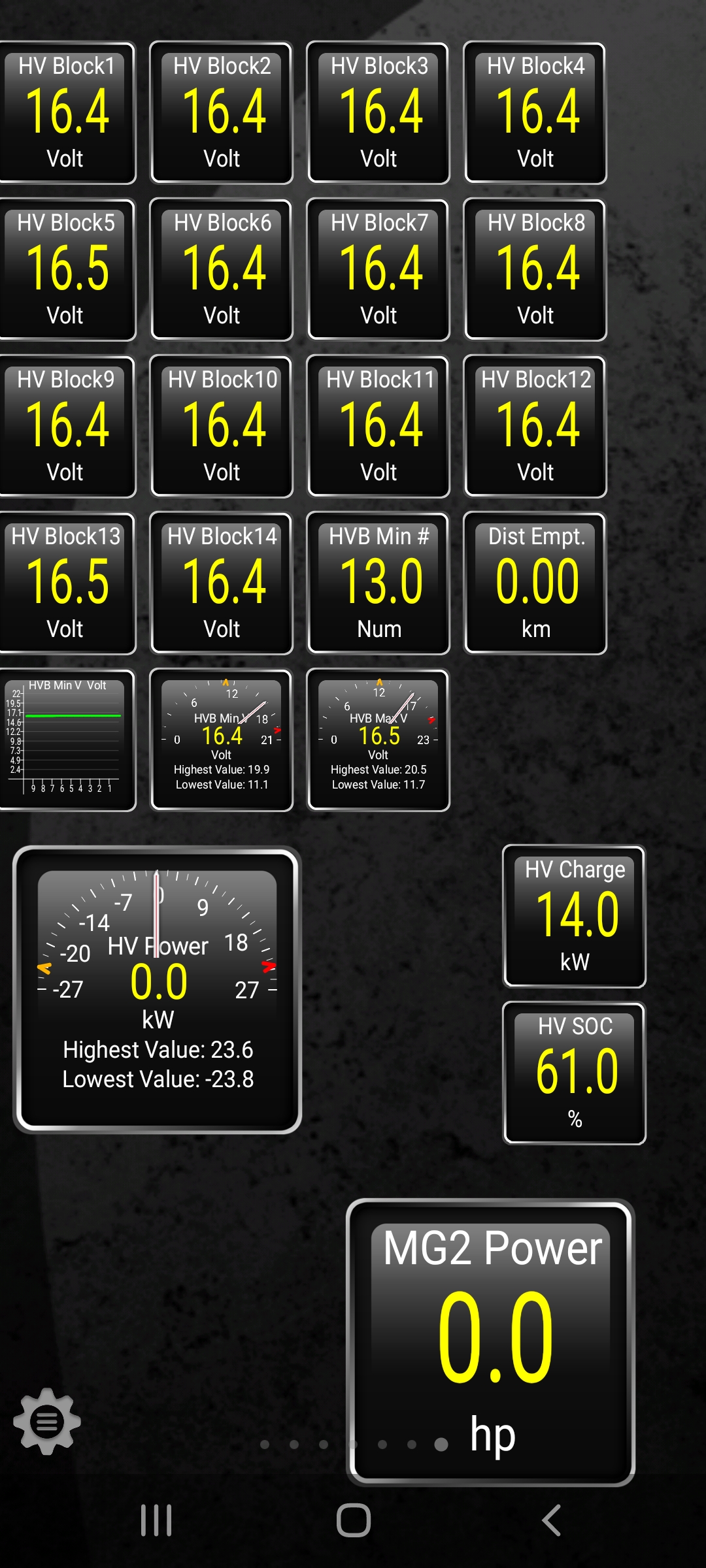Does a Hybrid EV with Ni-MH Battery get worse over time?
Looking at a hybrid that has 70,000ks imported - presumably if you did that you are just buying the ICE as the Electric battery is now useless?
|
|
Yes, they do decay over time, but assuming a toyota/lexus (non plug in) hybrids, 70,000km is nothing to worry about.
In general the Ni-MH packs in these are designed to last the last the life of the vehicle (300,000km+). Mine has 200,000km on it and is still going strong.
Note that the cars need not much capacity from the battery to get efficiency gains. A lot of the gains come from being able to shut off the engine and still run the aircon while stopped at a traffic light, or creeping around a busy parking low, and being able to chip in a bit of power to assist with a sprint up to the open road speed limit now and then.
Some cars do have issues like the first gen Prius, and eairly estima minivans, but they are getting pritty old now.
Due to the taxi industry, and active aftermarket exists to car for these cars, and high mileage taxi related issues that private owners are likely to never experience. Can also have the pack tested before you buy if you like: https://www.thebatteryclinic.co.nz/ http://www.hybrids.co.nz/
As a general note, the term Electric Vehicle (EV) is reserved for vehicle with the ability to be plugged in NZ.
https://www.nzta.govt.nz/vehicles/vehicle-types/electric-vehicles/
Yes they do decay their ability to hold a charge over time and sometimes they will short out which means that the battery blocks will become unbalanced (they produce different voltages). From what I have read the management system checks for the unbalanced battery and can lock them out which will affect the ability to start so this seems to be more serious as the car is probably un-drivable.
I had a look at a 2004 Prius that had done just under 400km on the original batteries which was still going. I used a program called torque Pro for android which costs about $6 and a ODBII interface from jaycar to look at the condition of the batteries. To check the batteries under load you put the air conditioning on full cooling and see if the battery blocks were all performing equally. In this this case they were about 0.4 volts between the highest and lowest which was great. The same difference happened when I drove it hard and regen hard.
unfortunately though, the batteries seems to go flat quickly when the car isn’t driven for a few days. There seems to be a rule of thumb that the battery needs to be able to hold 70% of its original charge to be classified as good but I haven’t done any discharge testing.
To answer your question, yes the car fuel consumption does go up when the batteries are not optimal. For this car, the fuel consumption was about 4.2l/100km driving around town when it was new and it is now about 4.7l/100km. So not a big difference and still well under what I see other mid size cars doing, particularly for its age.
For comparison, on a cold heavy rain day is when it would be at its worst, it would consume is 5.2l/100km when it was new so again 4.7 isn’t outside the realm of normal.
So while the batteries are considered to be bad, the car still goes well with an acceptable fuel consumption so I suggest that while you need to be aware of the battery condition and that they are expensive to replace don’t be afraid of considering buying old EVs. Checking the car out with Torque Pro (you need the paid version to see the individual battery blocks) is a good investment.
Further to my post above, I found a screenshot of the Torque Pro results from the Prius if you want a comparison.

The top part shows the individual block voltages (this was taken when the car was parked) and they show them being 16.4 or 16.5 volts. The lowest block voltage is block 13 (4th row down 3rd across.)
On the 5th row down, the second gauge shows the voltage of the lowest block and the third gauge is the highest block voltage. If you look at the ticks, you can see the the lowest the voltage reached was 11.1 volts for the lowest cell and 11.7 for the highest cell. So a difference of 0.6 volts. You can also see that it was 0.6 volts difference when the batteries were fully charged.
The big gauge on the 6th row shows that during the drive the HV batteries went from 23 kw discharge to 23 kw charging.
The application displays heaps of other sensors from the car plus 0-100km/hour 100-0km/hour timing tests. Worth a look.
thanks for the tip
|
|
